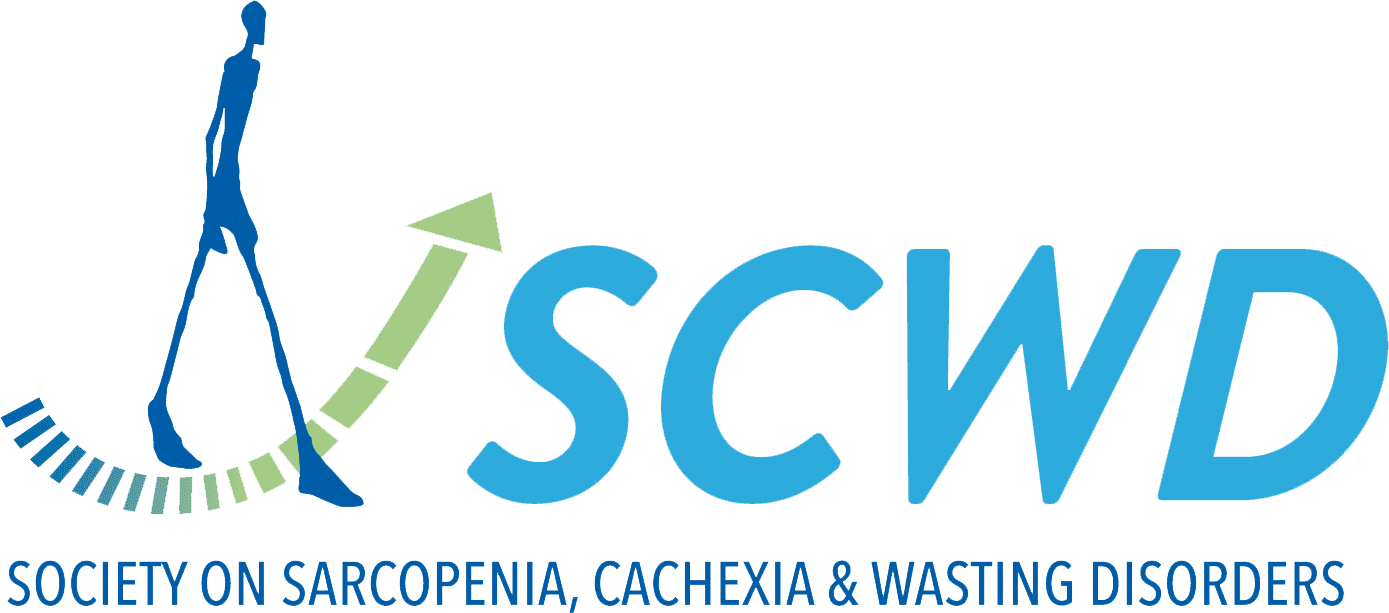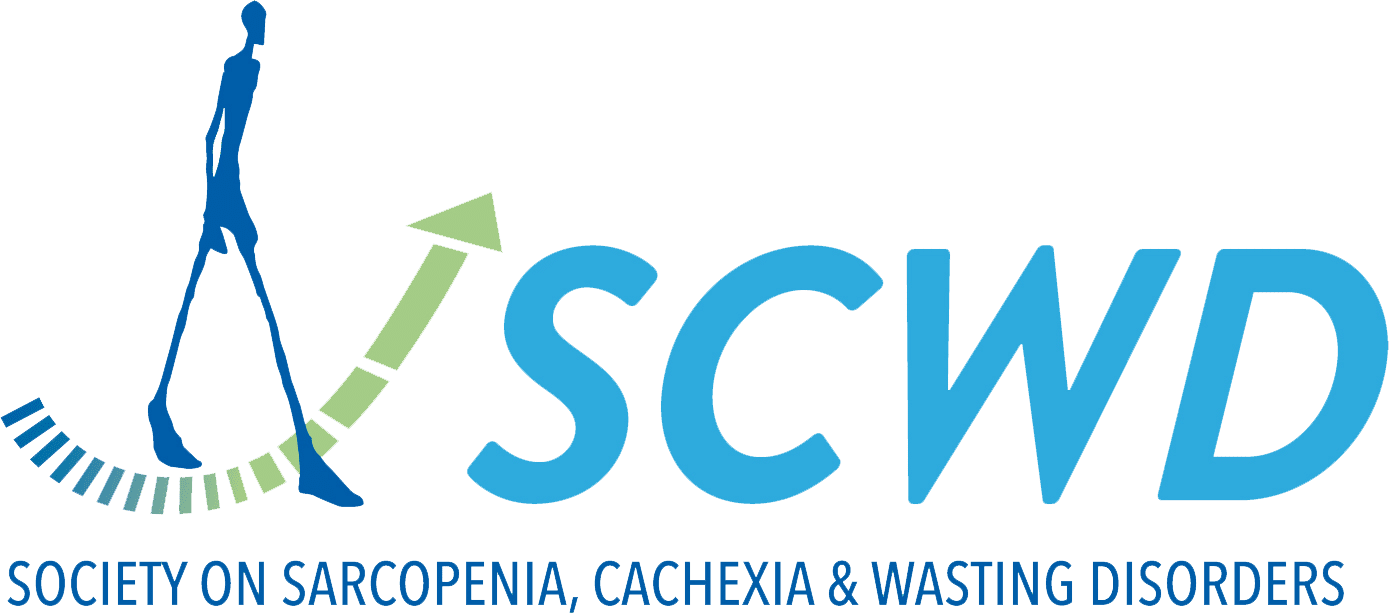ZBED6 Knockout Prevents Ageing- and Dexamethasone-Induced Muscle Atrophy via Dkk3 in Pig and Mice.
Effective treatments for skeletal muscle atrophy, a debilitating condition linked to ageing and glucocorticoid therapy, remain lacking. Zinc finger BED-type containing 6 (ZBED6), a transcriptional repressor, enhances muscle growth and protects against sepsis-induced atrophy, but its role in ageing- and...


